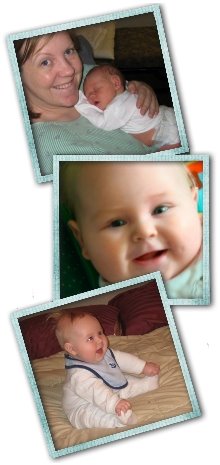

Parents are welcome to join their children in the EEG room. Parents stay in the room with their child. The child is free to move about the room, watch TV, read, or play video games. When a patient is admitted for an inpatient EEG, he or she will be made comfortable in a private room and then fitted with electrodes. If a child has infrequent and/or harder-to-detect seizures, for example, an inpatient EEG may help ensure that a seizure is clearly recorded simultaneously on both video and the EEG so that it can be more precisely diagnosed. Because the child is under constant and close expert observation, it is possible to get a lot of behavioral data to help interpret the EEG data. So, an inpatient EEG is an extended test conducted in the hospital over one or more days. An ambulatory/home EEG typically takes one or two days.Īn inpatient is a child who is admitted to and stays over in the hospital while being treated. To get still more information about the relationship between a child’s brain activity and his or her movements, a video camera may be sent home as well. Parents are given a switch they can use to electronically mark the EEG recording when they see a seizure or other abnormal events. Electrodes are pasted on the child’s scalp in the EEG Lab and are attached to a recording device that the child wears in a backpack. These activities evoke brain wave responses that help with diagnosis.Īmbulatory/home EEGs can help get even more information about a child’s brain while the child goes through daily routines in the comfort of home. A technologist may help the child try to fall asleep at some point during the test and may lead some simple activities, such as a couple of minutes of deep breathing and/or a short period of watching a strobe light. They typically take about 90 minutes, during which a child needs to remain still and quiet. Outpatient EEGs are the most common type we perform at the Stanford Children’s Health EEG Lab. EEGs do require a child to be still and calm, which can be a challenge, but no part of an EEG hurts. The electrodes placed on the skin are passive and only record activity they do not stimulate the brain, and they present no risk of shock. Children who are already prone to have seizures occasionally have them during the test, but the clinical staff is ready to respond immediately if a seizure occurs. Most medical procedures entail some risk, but EEGs, which have been used for almost a century, are very safe.

An EEG can help determine whether seizures or other brain conditions are causing the symptoms. Most EEGs are ordered for children who have unexplained developmental delays or are experiencing symptoms such as loss of consciousness, abnormal movements, or abnormal behavior.
/3014879_color-5bbbc09fc9e77c00514e2d7d.png)
A child may need an EEG to look for evidence of, or to get a more specific diagnosis for:


 0 kommentar(er)
0 kommentar(er)
